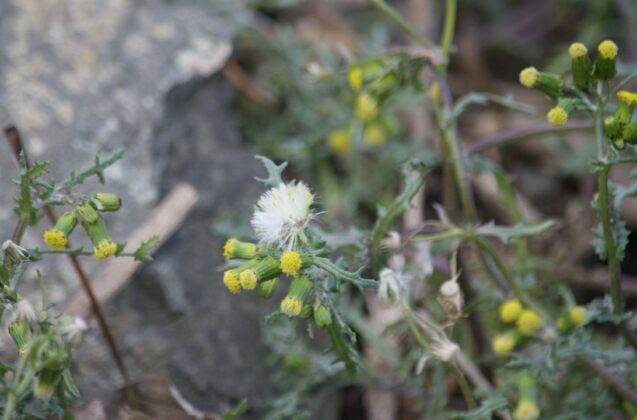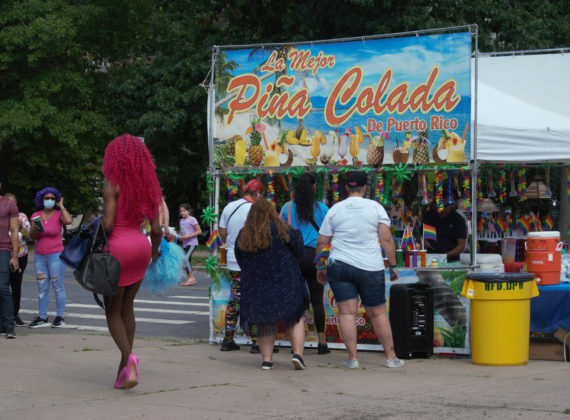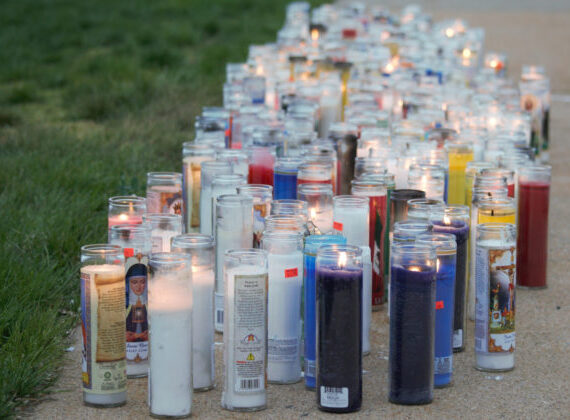“What if you spent time at the feet of storytellers, rappers, musicians, craftspeople and elders, learning from their examples? What if you had time to daydream, to stare out the window, to dip your fingers into a glittering stream as it drifted past? What if you spent long hours with your hands and face covered in paint, clay, charcoal powder and ink? If you had ample time and space to play, to bring entire worlds into being because you played them into existence? What if your education included laughter? Lots of laughter. And taught you how to be independent, to manage money competently, to budget and live within limits? What if it gave you time with animals, watching them, feeding them, learning their songs? And gave you hands that were skilled, comfortable with tools, so that you could easily think of yourself as a maker, and actually be one?”
– Rob Hopkins in From What Is to What If
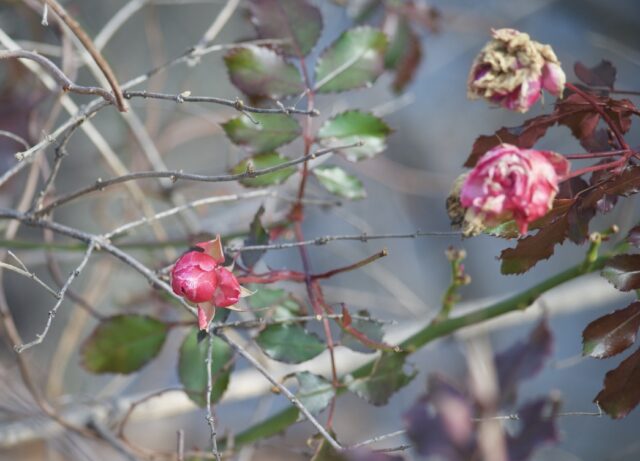
While the Connecticut River overflowed portions of the path — in January — other sections remained dry and open. There were flowers and grasses along the walkway that still had color as of mid-January.
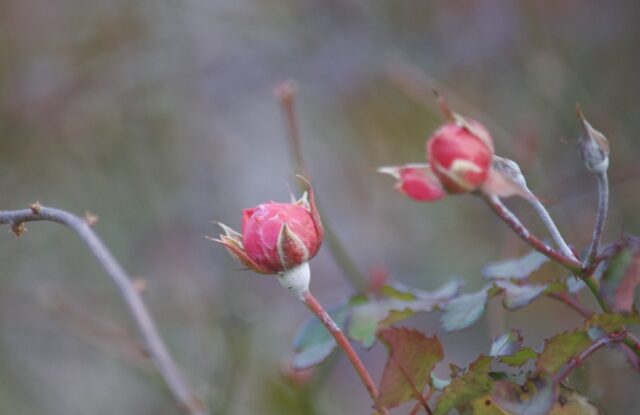
If we gift ourselves the time to explore the places where we live, then we would know this. We would know that with enough layers we can spend some time out of doors in winter, and in doing, we might notice who is out, much longer than for recreation, who has been pushed to the fringes.
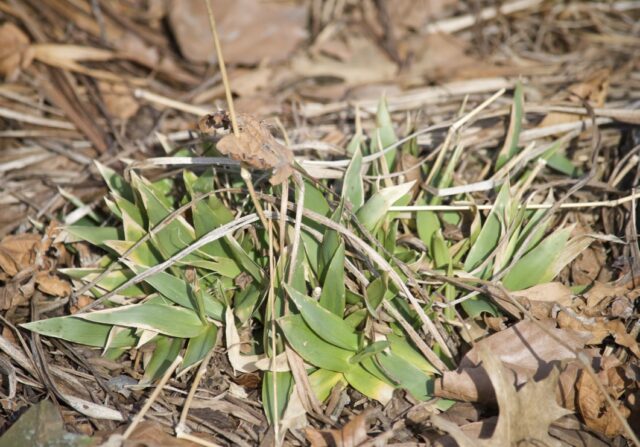
We would know where to expect rabbits, groundhogs, deer.
We would know without being told how abnormal it is to see floods in January
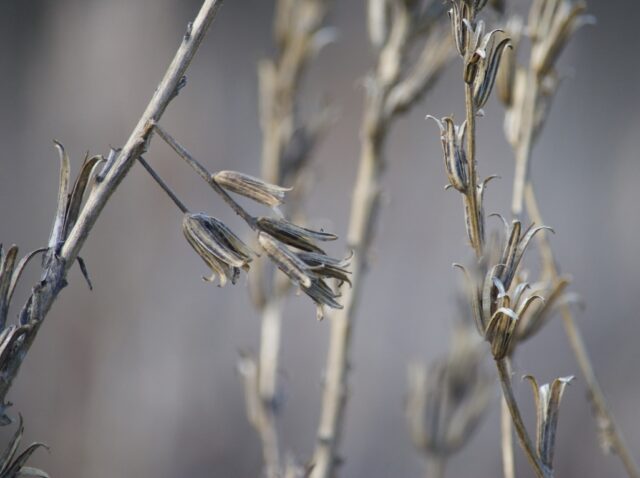
And we would know that the winter Earth looks like ash and straw, but it also looks like an explosion of reds.
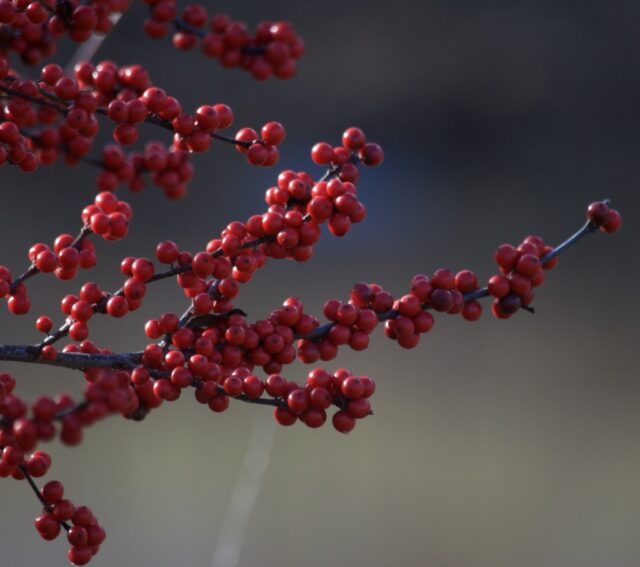
Climate Possibilities is a series about climate mitigation, along with resilience, resistance, and restoration. It’s about human habitat preservation. It’s about loving nature and planet Earth, and demanding the kind of change that gives future generations the opportunity for vibrant lives. Doomers will be eaten alive, figuratively. All photographs are taken in Hartford, Connecticut unless stated otherwise.
